Additional funds for fish passage barriers should pay for better highway safety in Eastern Washington
The citizens of Whitman County and the parents of students at Washington State University’s Pullman campus aren’t happy, and why would they be? They are still mourning the two students who died in car crashes over Thanksgiving break on the highways that feed into Pullman. They want safer highways, and they want them soon.
The comprehensive transportation package passed during the 2015 legislative session allocates money to improve State Route 26 and U.S. Highway 195. Four repaving projects are almost complete, and passing lane construction on U.S. 195 will begin in 2017. But the passing lanes S.R. 26 aren’t projected to begin until 2025.
Almost 6,000 people have signed an online petition in an effort to make highway safety in that area a bigger priority and bump up the timeline for those improvements. Senate Majority Leader Mark Schoesler, R-Ritzville, believes this is possible, especially in light of Gov. Jay Inslee’s recent supplemental budget plan calls for $113 million of additional funding for fish passage barrier removal.
“We already allocated 300 million dollars in the current budget for fish culverts. Any additional funds need to be prioritized towards saving kids’ lives on a dangerous stretch of eastern Washington freeway. We are investing millions in the highways leading to the University of Washington. Governor Inslee should value Cougars as much as Huskies – and the safety of students more than fish.”
“If that money goes toward anything in Washington, it should go toward making it safer for our kids to drive our highways,” says Schoesler.
In 2013, Inslee supported a transportation package that made no provision whatsoever for improvements to S.R. 26 and U.S. 195. By contrast, the package passed in 2015 was a bipartisan effort led by the Senate and is far more comprehensive than the governor’s initial plan.
“We wanted a plan that would serve the east side of the state as well as the west side. The governor’s transportation package prioritized the west side. We worked for a plan that made all of Washington a priority,” says Schoesler.










